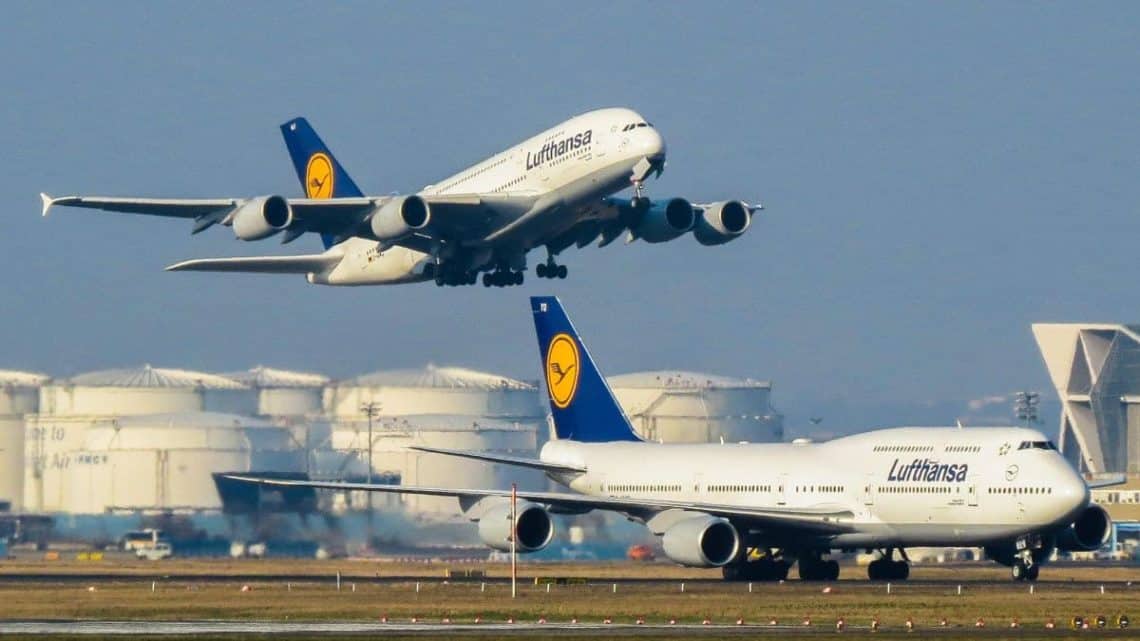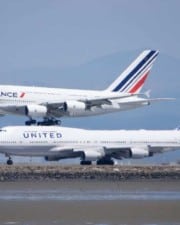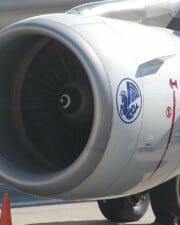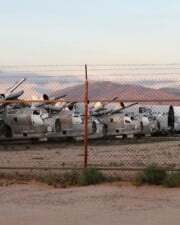A duopoly is an industry or sector dominated by only two businesses. Two companies dominate the commercial airliner market, namely Boeing and Airbus. These companies are continually in the news, battling one another for slices of market share. And since these are the planes that most people fly on at one time or another, they connect to everyone’s lives in a real way.
Table of Contents
Both Airbus and Boeing are large companies that have been in business for decades. They make directly competing products – a range of airliners from short-haul, twin-engine models to the biggest jumbo jets in the sky today. Together, the two companies control almost 99% of heavy aircraft manufacturing.
Airbus Versus Boeing
Boeing is a US-based manufacturing company that most notably produces the ubiquitous 7×7-series of airliners. These airplanes have been filling airports and transporting passengers since the 1950s, starting with the 707.
Many people do not realize that Boeing is also the chief US manufacturer for pretty much all major aerospace projects, include the new Boeing Starliner space capsule. Their commercial, defense, and space divisions cover a breadth of products.
Airbus is a European conglomerate of several different aerospace companies. It makes the A3x0 series of aircraft, the A400 military transport, and a full range of helicopters along with various other defense and space projects.
The rivalry between these two giants has been years in the making. Both companies regularly complain that the other receives unfair government aid and assistance. Both companies secure government projects with little competition, and both companies enjoy tax benefits that help ensure their survival.
Competing Product Lines
The first Airbus commercial plane, the A300, was a wide-bodied medium to long-range twin-engine airliner designed to meet the market needs of the late 1970s. Boeing at the time was wrapping up the development of a similar aircraft, the 767. While the A300 was retired and replaced with more advanced options, the 767 is still in production.
Airbus’s first real success was the A320, a small short to medium-haul airliner. It was built to compete directly with the Boeing 737, the most popular model airliner ever produced. With various revisions and updates along the way, the 737 has been in non-stop production since it’s introduction in 1967. Indeed, the A320 has proven to be just as popular and has recently outpaced the 737 in terms of overall sales.

In the late 1990s, Airbus designed and developed the enormous A380, which still holds the record as the world’s largest civilian airliner. It’s a direct answer for Boeing’s 747. Unfortunately, both of these four-engine long-haul wide-bodies are due to retire soon, as market forces drive airlines away from these expensive designs.
Modern twin-engine designs are now fashionable. While they do have lower load capacity, they are far more efficient on long-range flights. The 787 and A350 are current favorites for this market.
History of Boeing
Boeing began their ascent to aeronautics heavyweight in the earliest days of aviation. Some historians believe that Boeing made the first successful airliner, the Boeing Model 247, launched in 1933. The plane set numerous records, including cutting the flight time from New York to San Francisco down to under 20 hours.

Even before the Model 247, the company made the Boeing 80. It was the first design intended entirely for passenger service. During the 1930s, Boeing made the most famous of the Pan Am Clipper flying boats, the Boeing Model 314. And during World War II, Boeing improved its reputation even further with its successful B-17 and B-24 bombers.
While not the first to fly, the first truly successful and ubiquitous jet-age airliner started rolling off the Boeing factory floor in 1957. The 707 was the first in a long line of 700-series jet airliners that continue to this day. The 747 was revolutionary when launched in the 1960s as the first long-haul jumbo passenger jet, a spot it held until Airbus flew the A380 in the early 2000s.
Boeing’s current product lines include a diverse mix of airline and military airplanes, helicopters, weapons, and even spacecraft.
Over the years, various challenges and economic circumstances have led to consolidation in the US aerospace sector. Modern-day Boeing retains some of the elements of other famous US manufacturers who have been acquired or absorbed by Boeing, like McDonnell-Douglas and Lockheed.
Boeing’s main airliner production facility is in Everett, Washington. However, the company has manufacturing facilities for various product lines all over the country.
History of Airbus
Airbus’s path to success is a different tale entirely, and it was created to be a direct competitor with Boeing. Airbus began life as a consortium of other European aerospace companies in the early 1970s.
Airbus design has always integrated a strong ethos into their airplanes. They maintain a high level of fleet commonality, so each series of airplanes’ cockpits look remarkably similar. Keeping everything the same reduces pilot training time and requirements.

The design philosophy goes beyond pilot training, though. Many parts are standard, allowing airlines to save money on maintenance too. These steps have helped make the Airbuses attractive even to US companies when existing Boeing fleets.
The modern-day Airbus is a European multinational company with production facilities all over the world, including one in Mobile, Alabama. The company recently acquired the Canadian-built Bombardier C-series airliners, which are now sold as the Airbus A220.
Airbus’s primary facility is located in Toulouse, France.
Why Don’t Boeing and Airbus Have More Competitors?
– Barriers to Entry
The primary reason that there aren’t more aerospace manufacturers is the significant entry barriers that the industry presents. It is simply too expensive to get a manufacturing plant up and running for such a large product as an airliner.
Furthermore, research and design on a sophisticated airliner can take decades. That means that any newcomer would need to invest capital for many years before they even hoped to have a product to sell. Many aviation companies sell slots for aircraft and take pre-orders, but many of these projects fail before their planes fly. Investors are understandably wary.
– Market Forces
The aviation sector is cyclical by nature, with high highs and low lows. Like those that occurred after 9/11 or the Great Recession of 2007, sudden economic downturns have an immediate effect on aircraft production. Airlines cancel orders as their load factors and quarterly earnings plummet.
With such pronounced declines occurring with no notice, it is difficult for companies within the industry to build up reserves to maintain solvency. To compete, prices drop when business is good. This has led to massive consolidation within the industry over the last fifty years.
– Mergers and Takeovers
As competitors get weaker and file for bankruptcy, more dominant companies have purchased their product lines. This has been the story since aviation’s earliest days. Indeed, McDonnell and Douglas eventually became McDonnell-Douglas, which eventually became part of Boeing.
As Boeing has become bigger over time, European manufacturers increasingly felt pressured and unable to compete. As a result, they formed their own group of manufacturers in Airbus, in order to ensure their own survival.
– Modern Competitors
These two aerospace giants don’t face serious competition from any player, but Brazilian manufacturer Embraer is working to chip away at their market share. Their ERJ and E-Jet families of twin-engine narrow-bodied planes are beginning to compete more with the B737/A320 duopoly. They directly compete with Airbus’s A220 line.
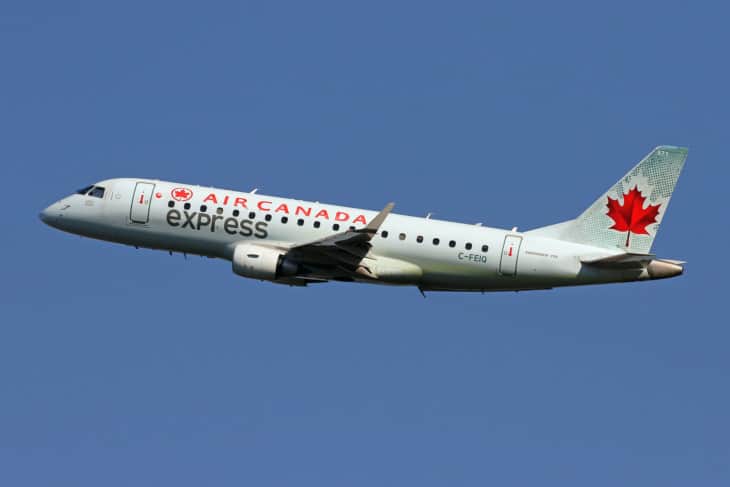
China is working towards building more airplanes to compete with Airbus and Boeing. Their leading aerospace company, Comac, has produced two jets with a third in the works. Since they have not yet secured FAA or EASA certifications, they are unlikely to be actual competitors anytime soon.
Related Posts
